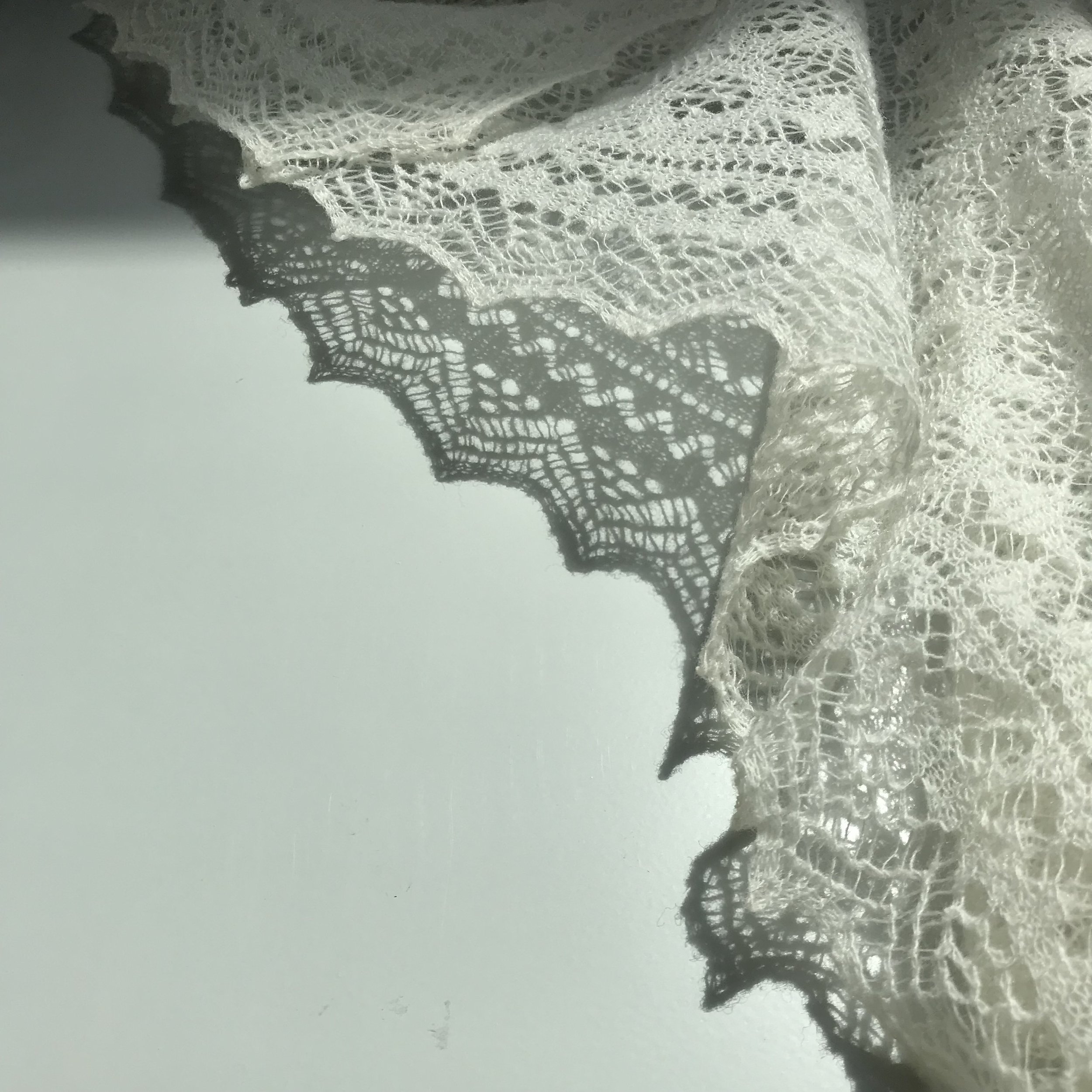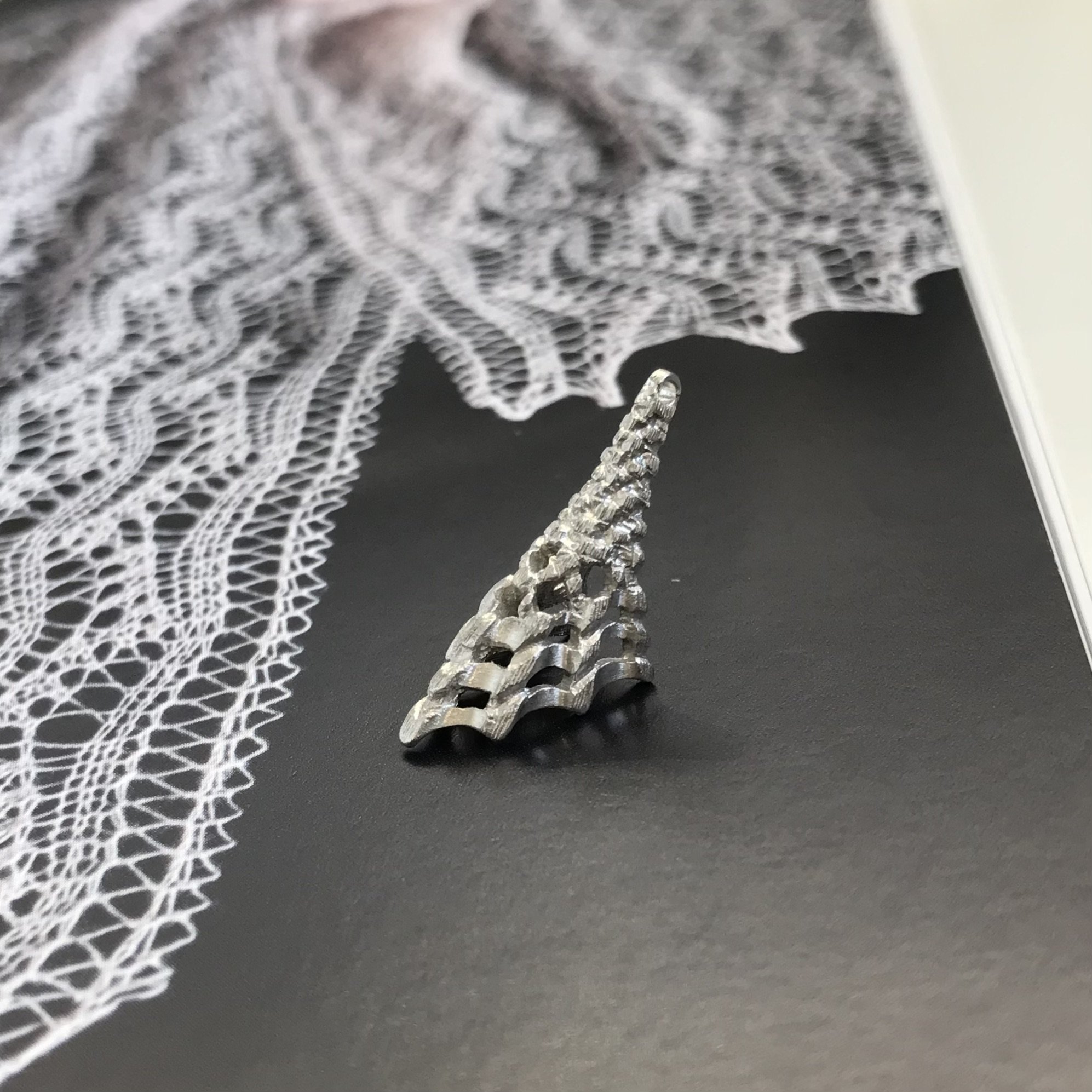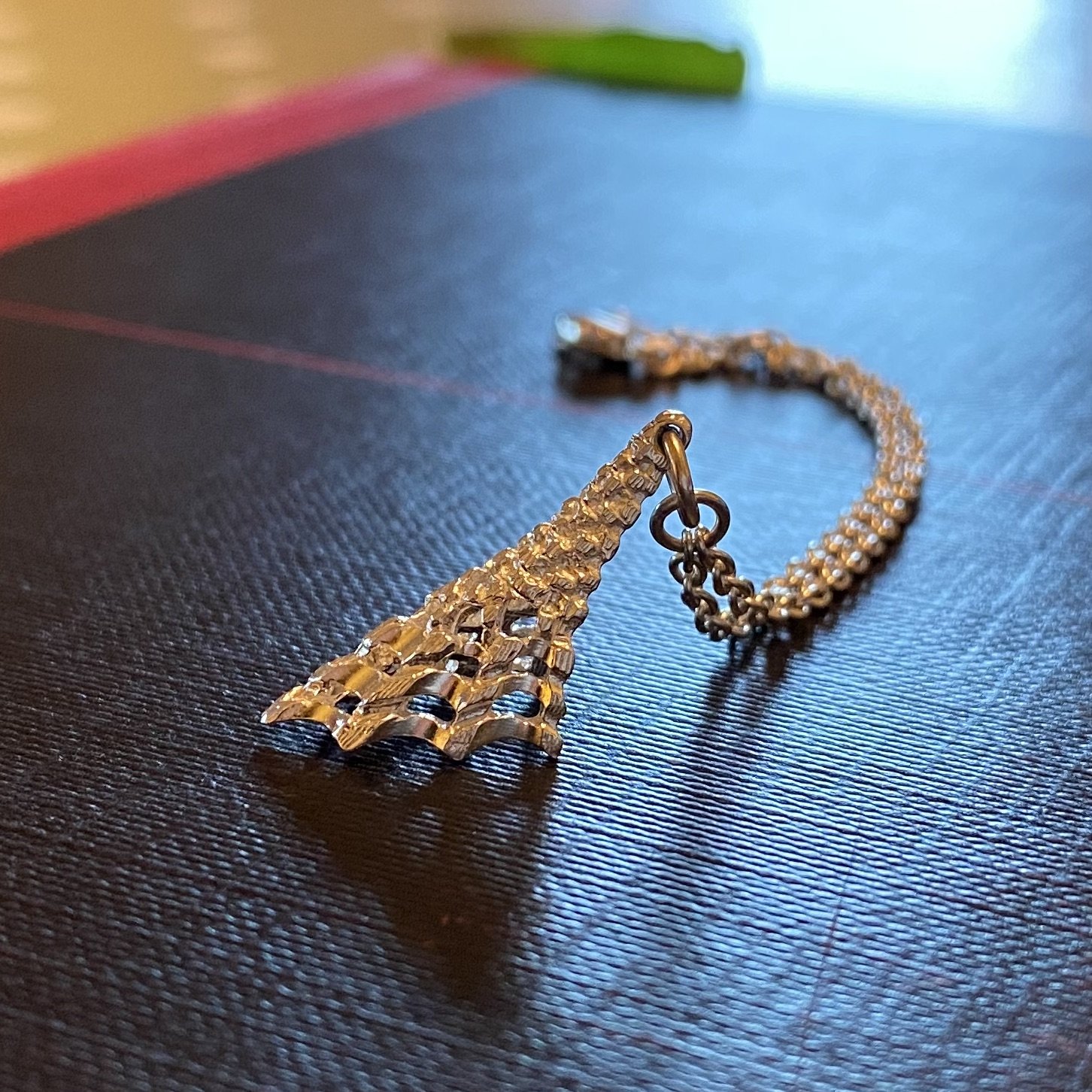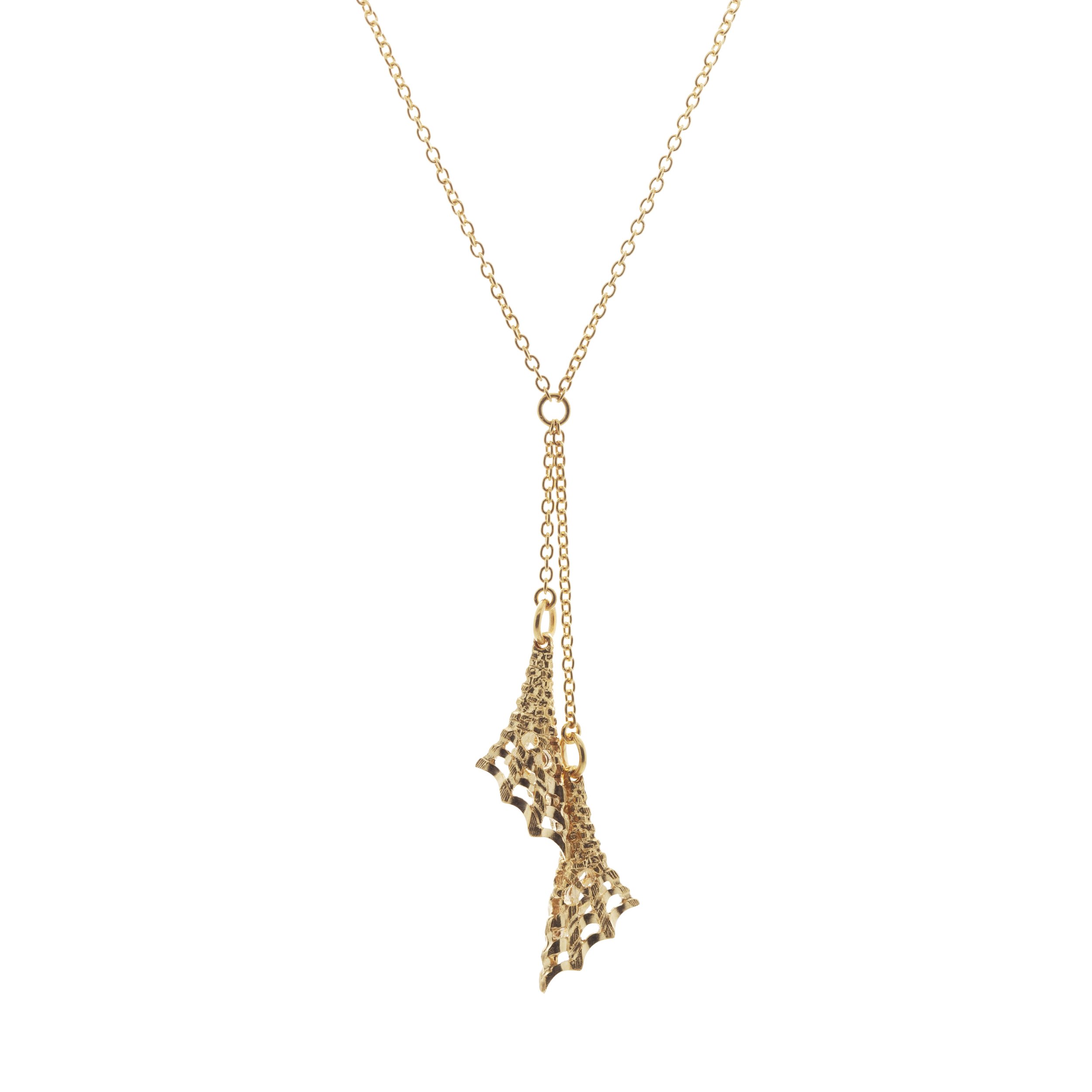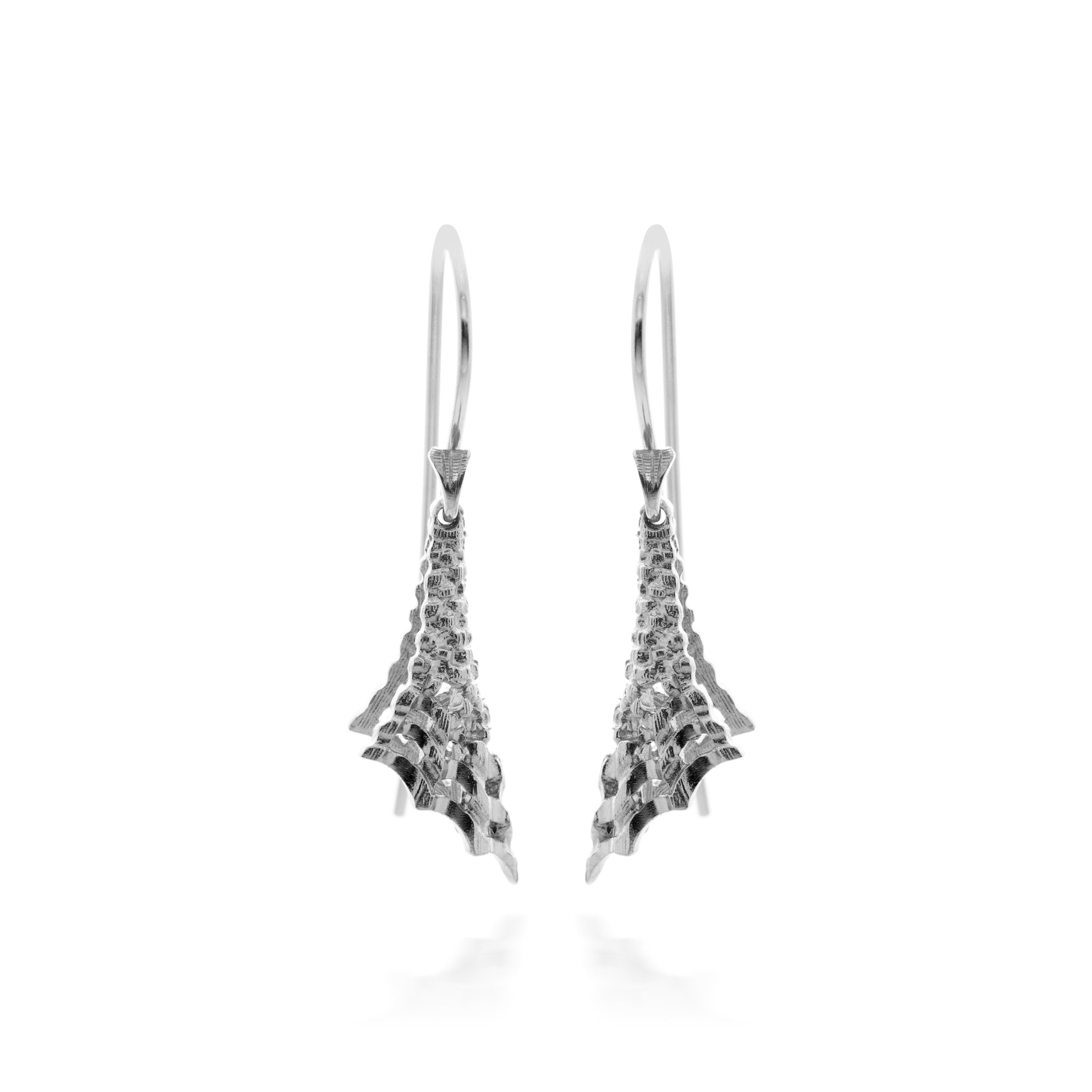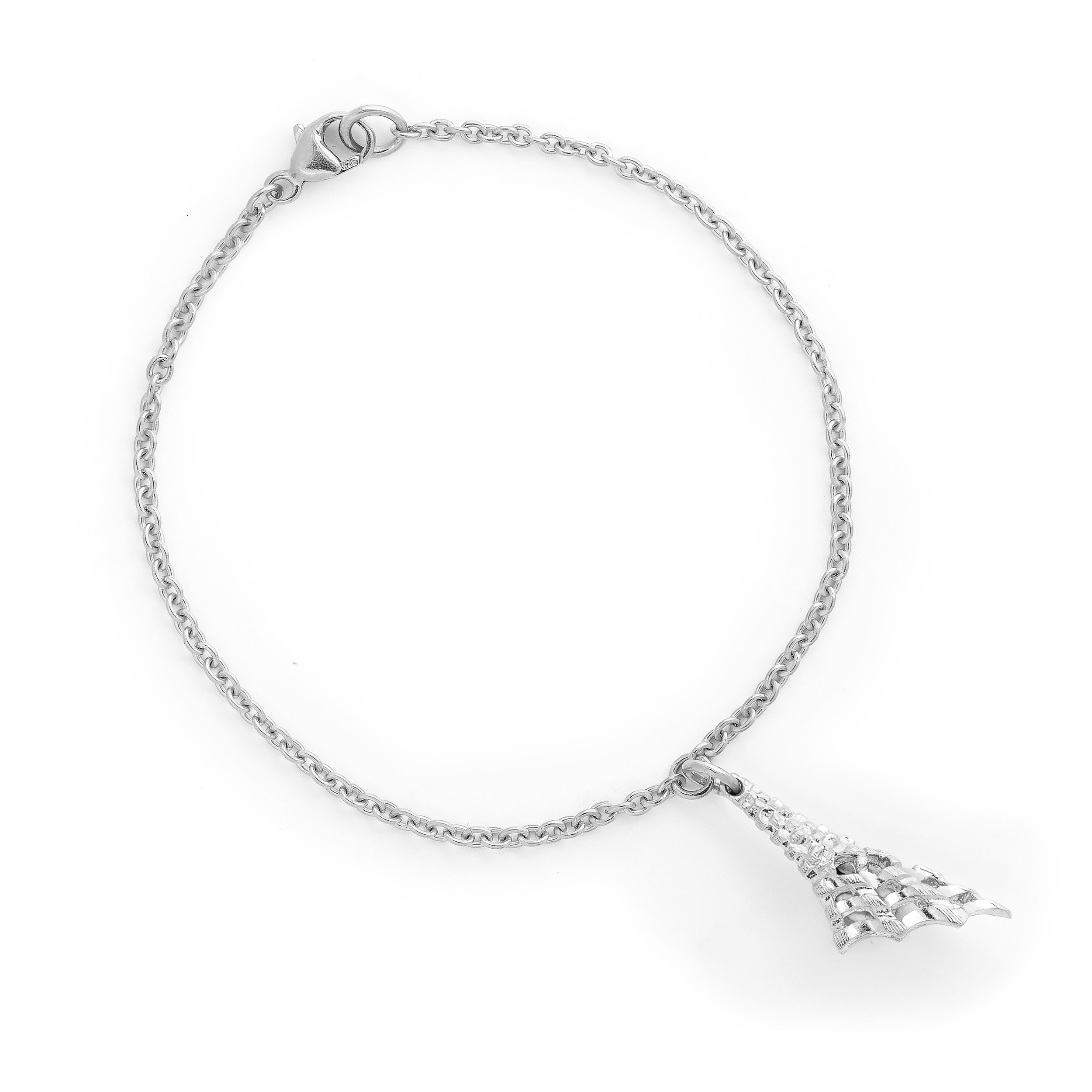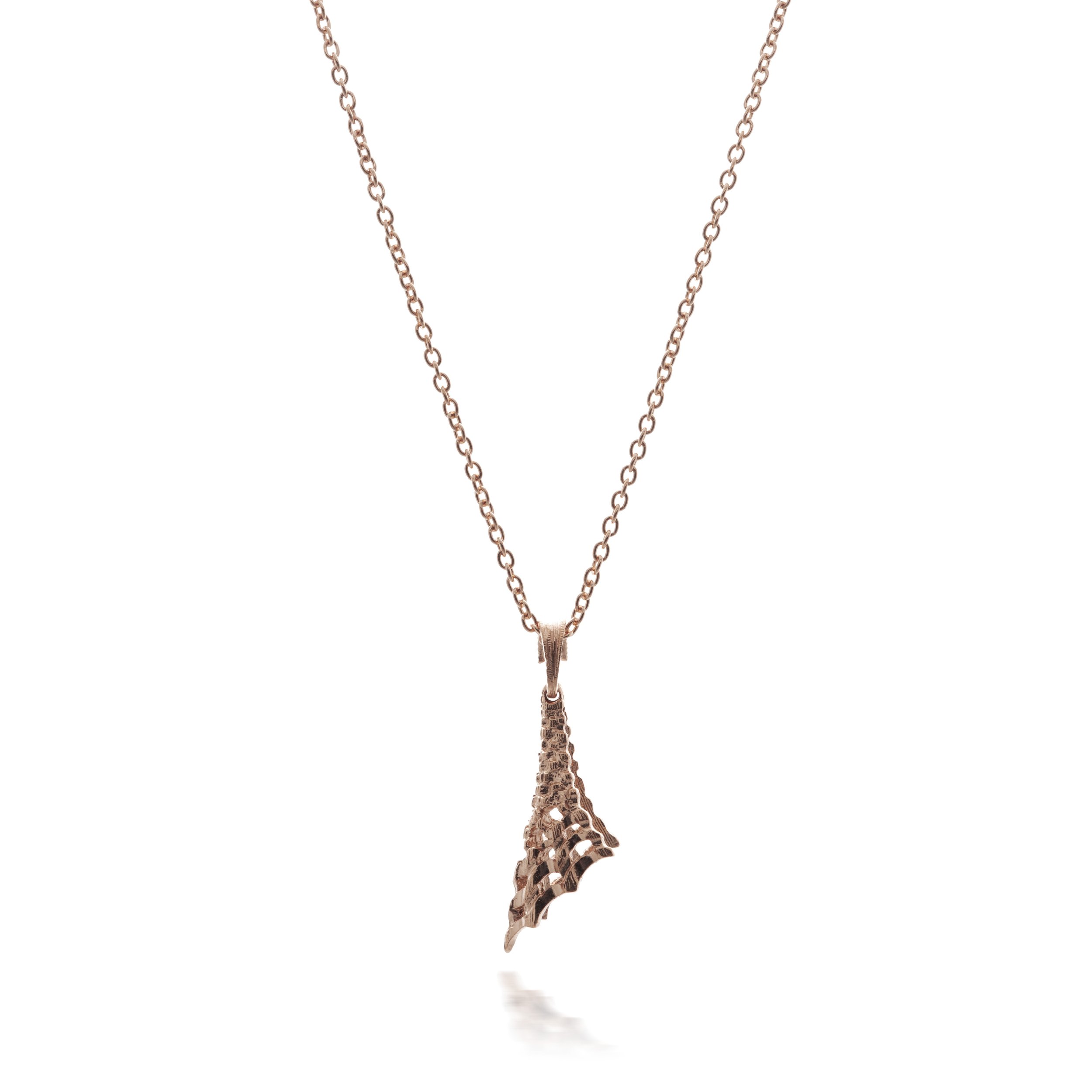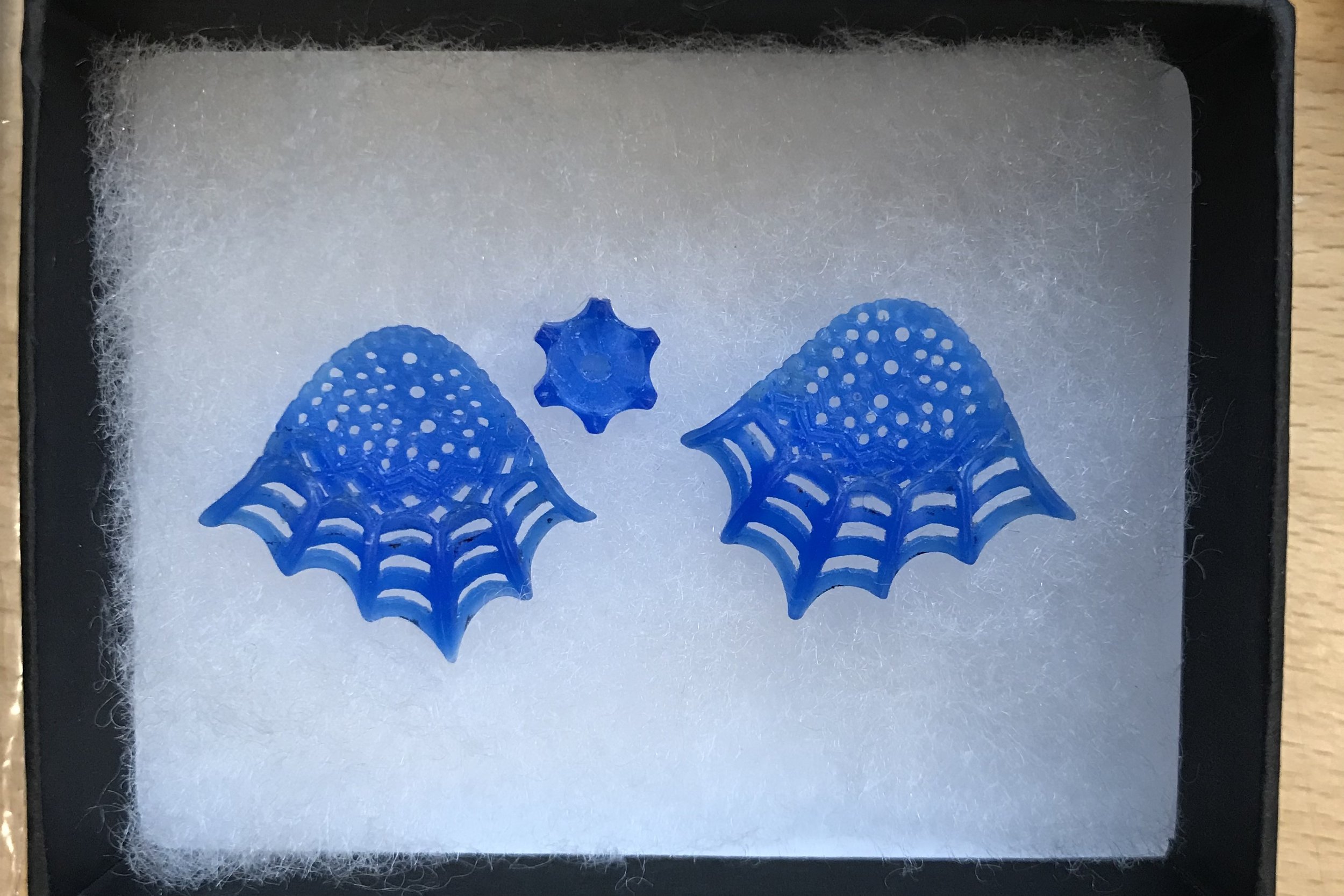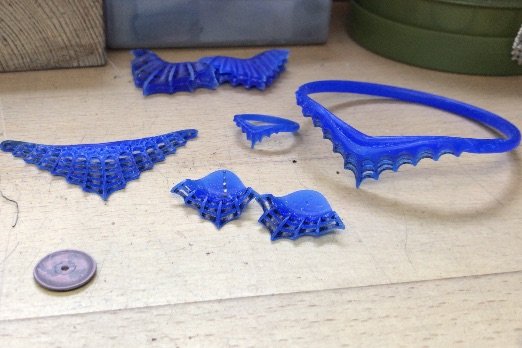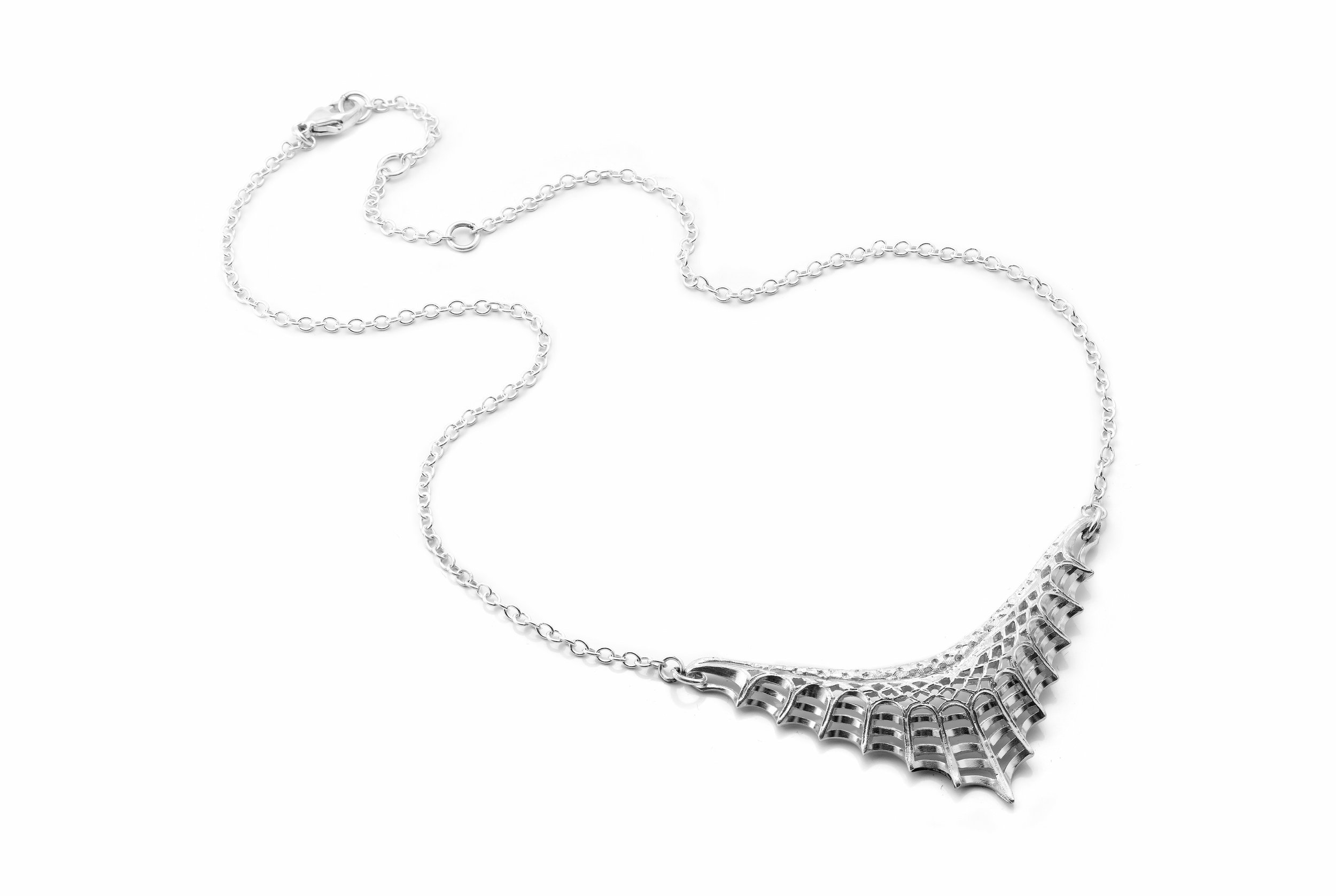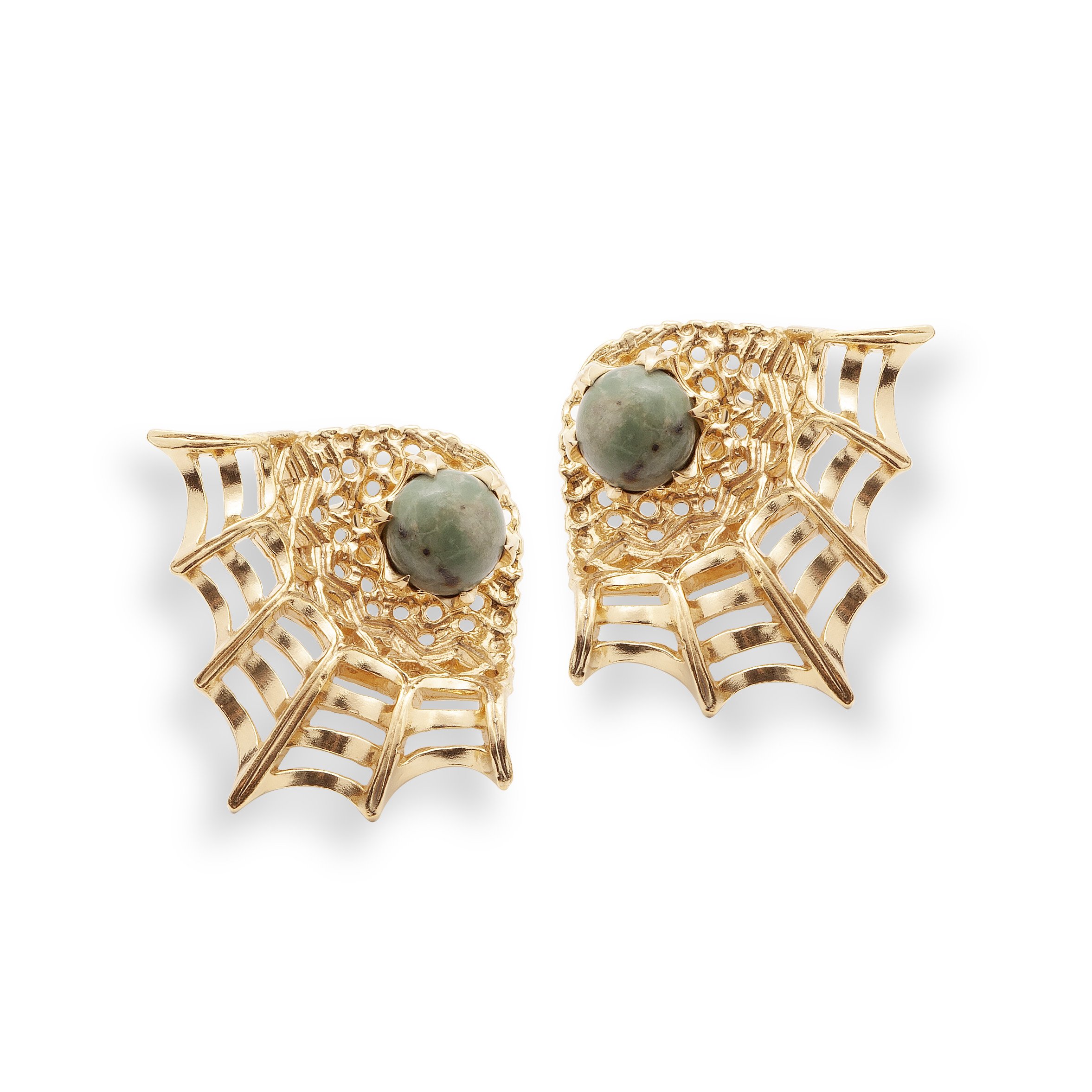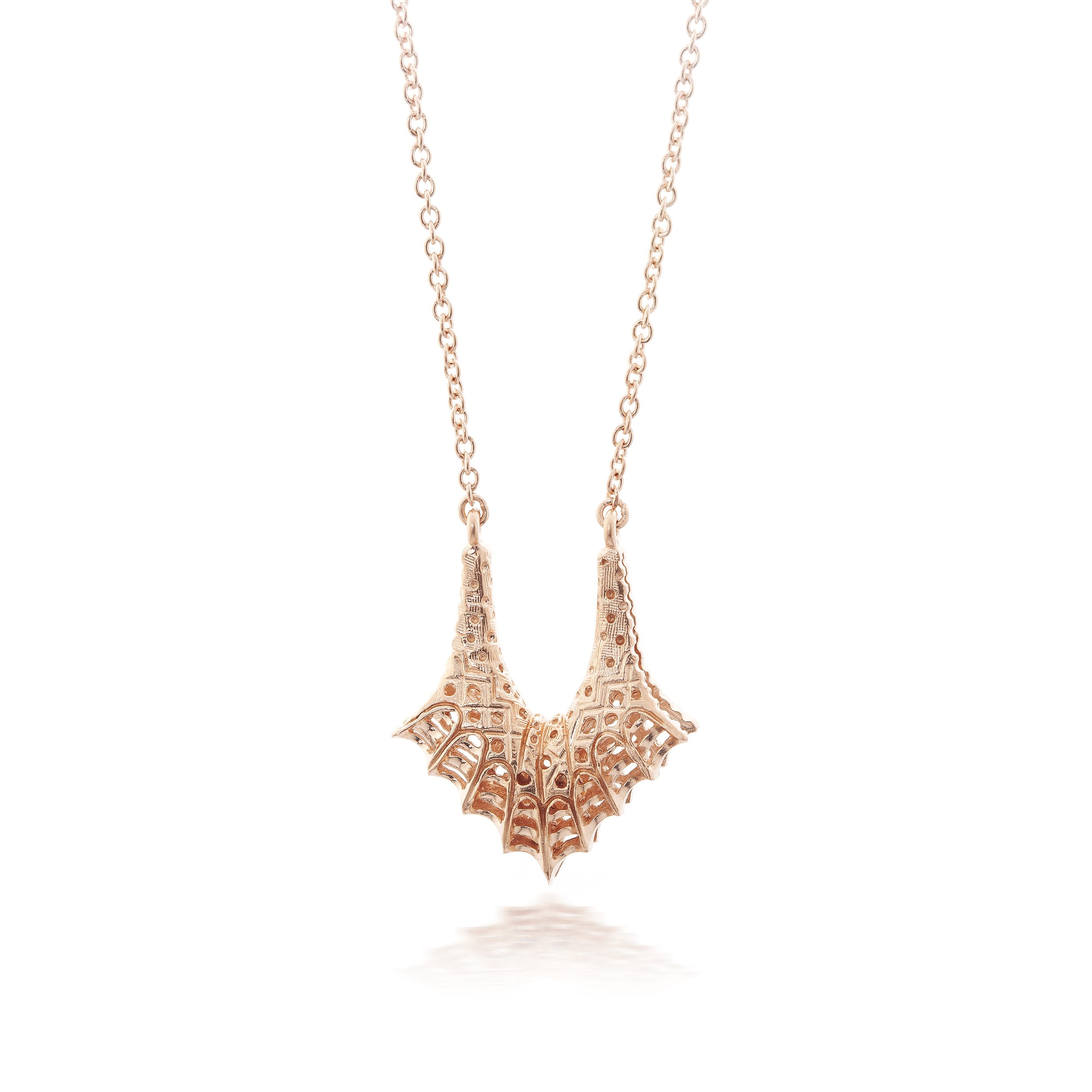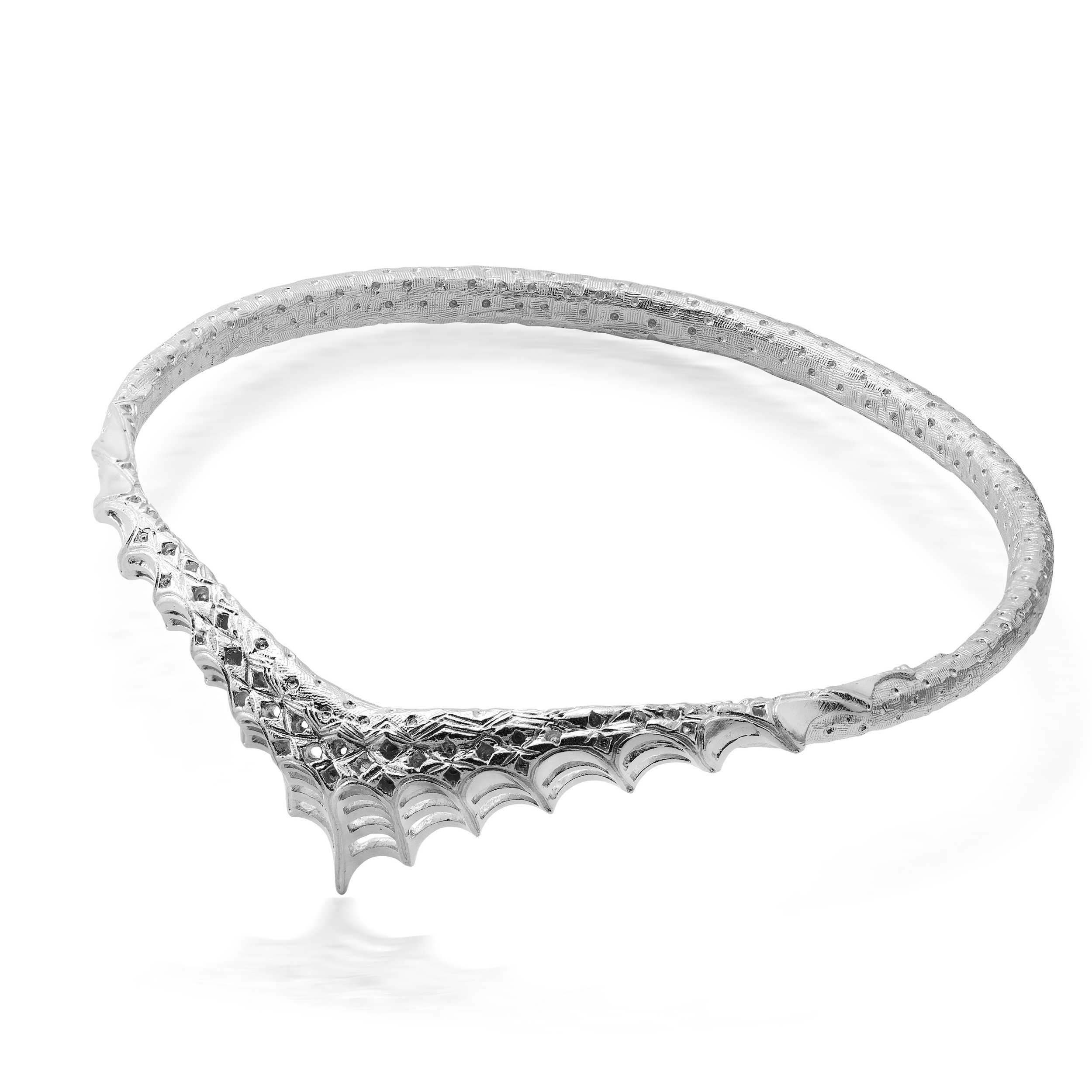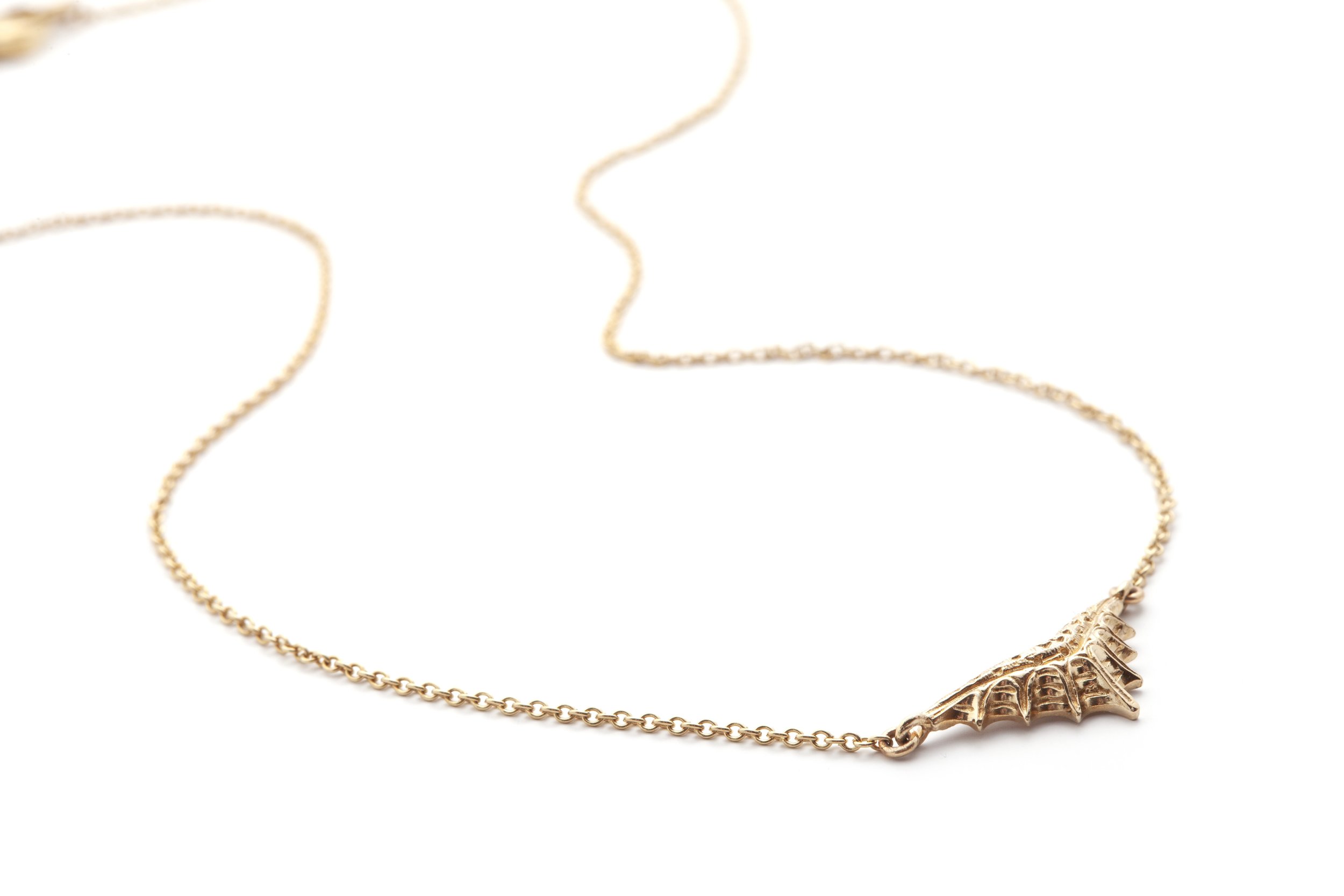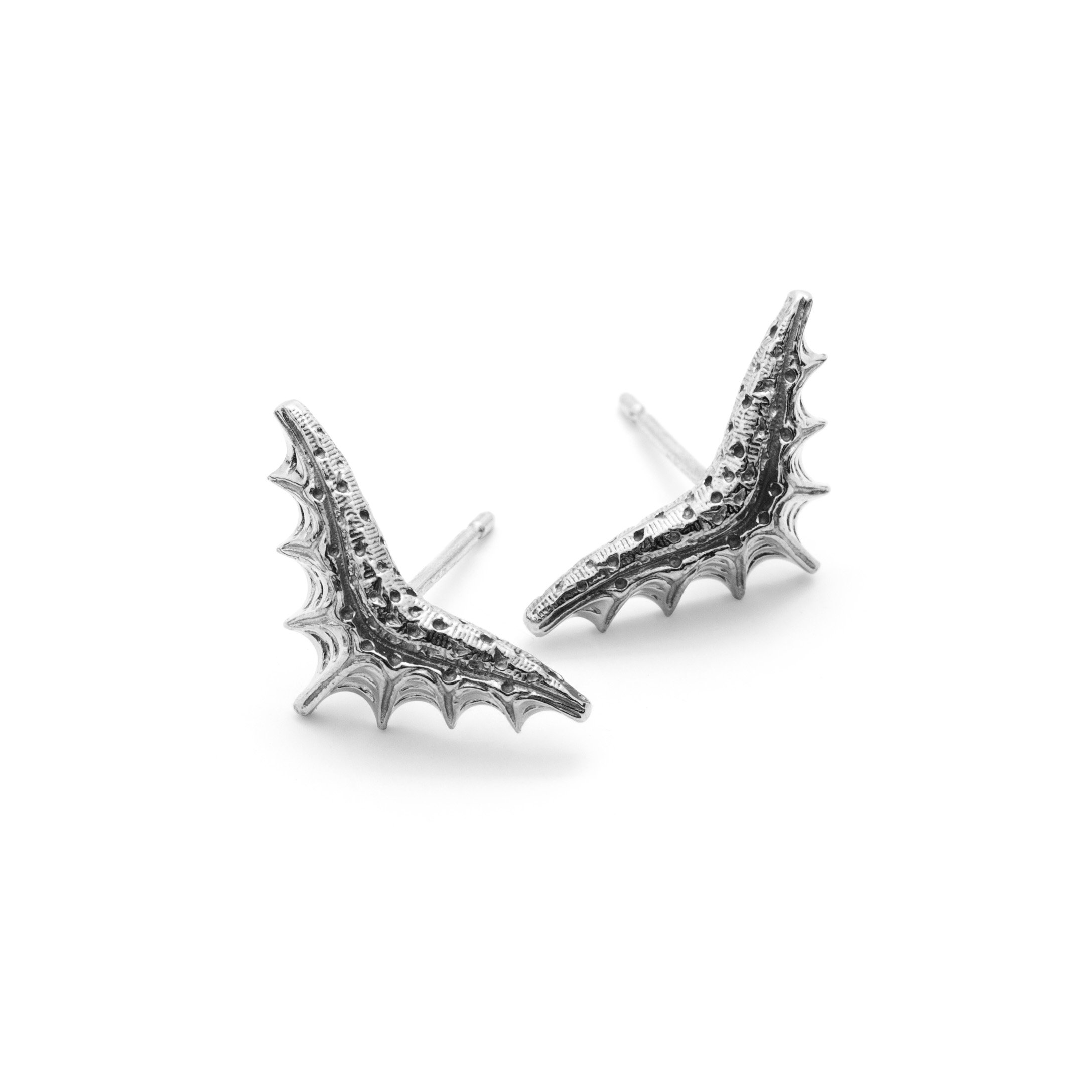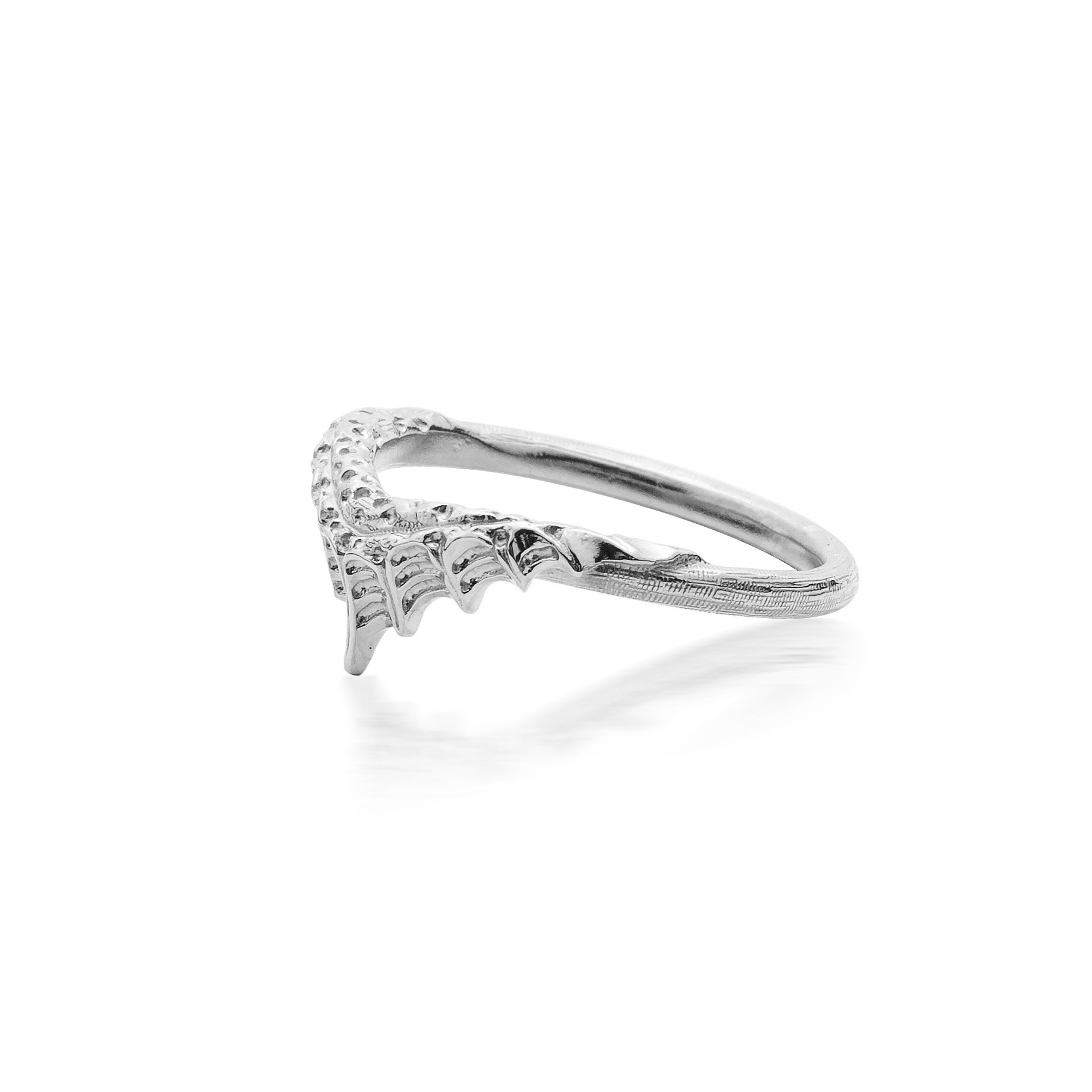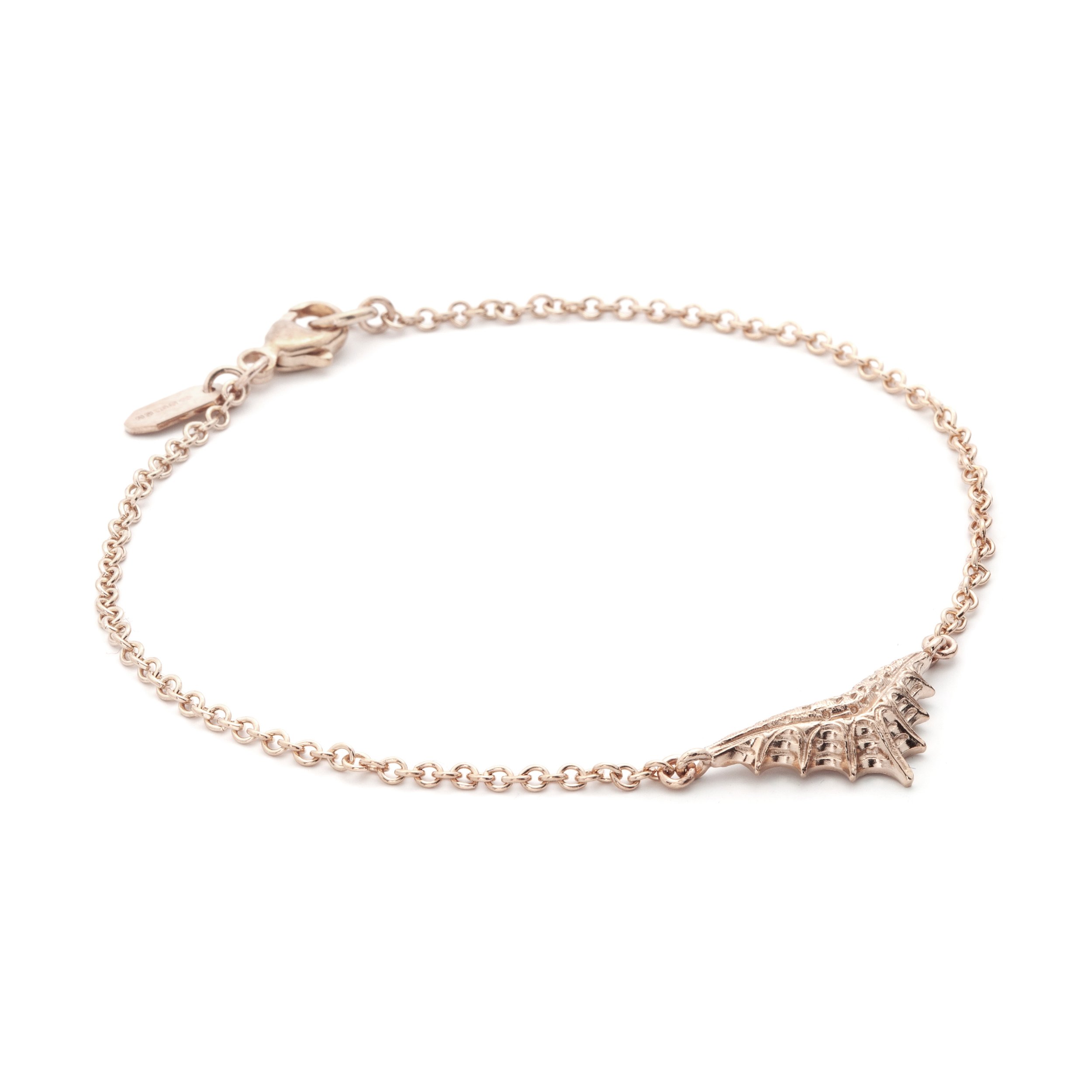The inspiration and designs behind my Oppenwark Collection
My Shetland roots
While living in London and thinking about moving back home, Shetland and the women who had gone before me were on my mind. I was returning home, but what did home mean to me? Who were the women of Shetland’s past that I was going to take my place among. I knew their hearts and spirits were within me, and I needed to connect with them on a deeper level.
Shetland women are strong, resourceful, creative and hardworking - I know because I grew up among them. And I’ve always been fascinated by women of previous generations. I wonder what their lives were like, how did they ‘feel’, and what they dreamt of? As I poured over photos and stories I noticed that their hands were never idle. When walking, talking or carrying peats… they were knitting at the same time.
Hard working history
For the most part their lives were hard and busy, and money was scarce. But this situation necessitated creative ways for women to try make a little bit of extra money to put food on the table. Knitting was one of these ways. It was using what they had available to them - it needed little equipment and minimal supplies, and skills could be shared and passed down from mother to daughter. The garments they produced clothed their families and was a source of additional household income.
Shetland women at work
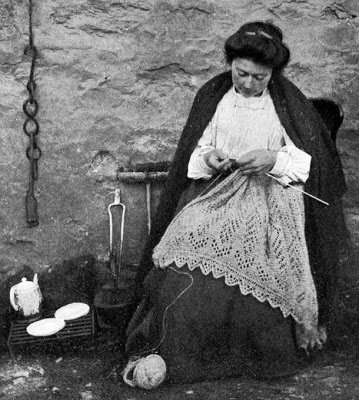

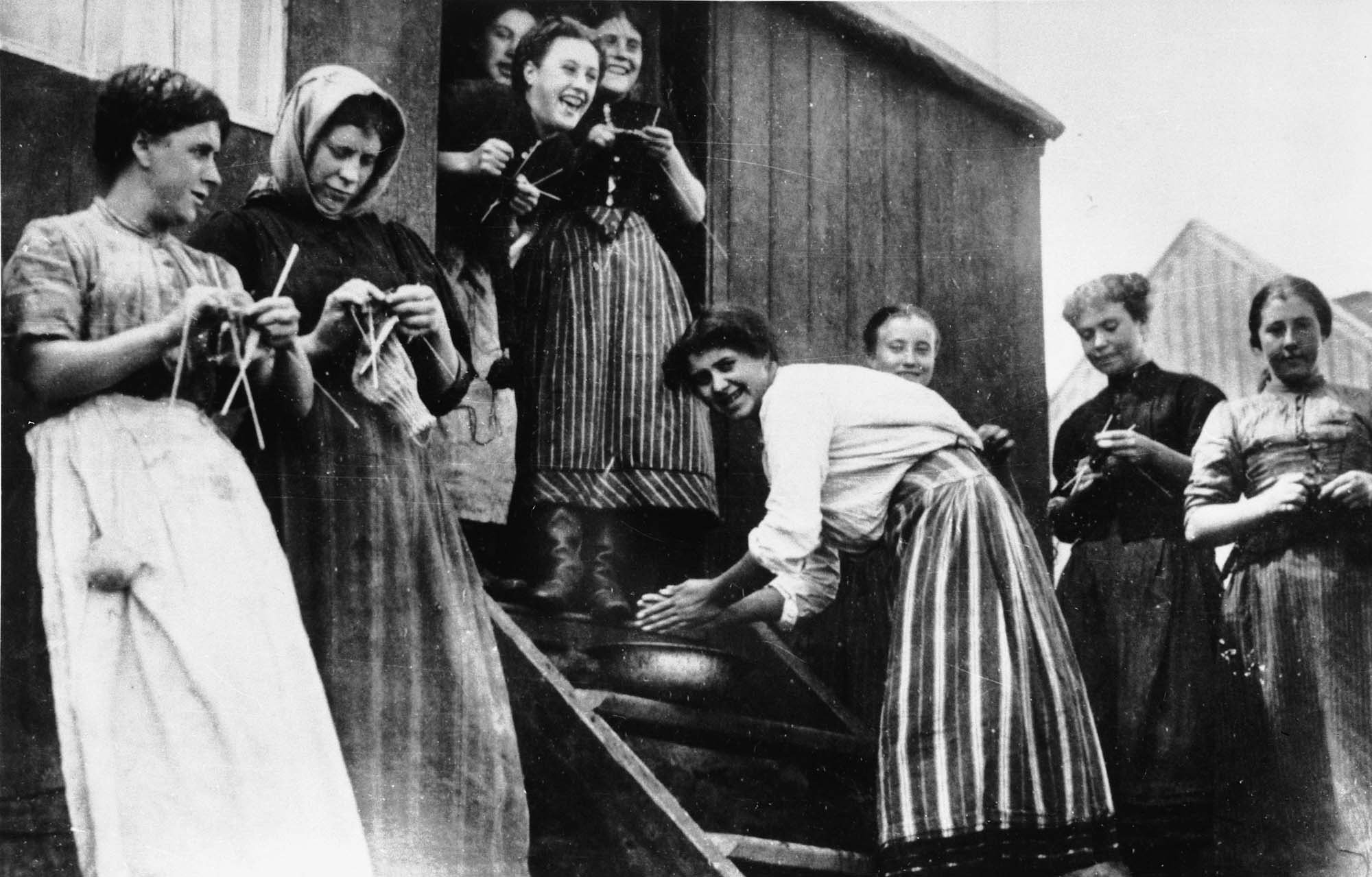
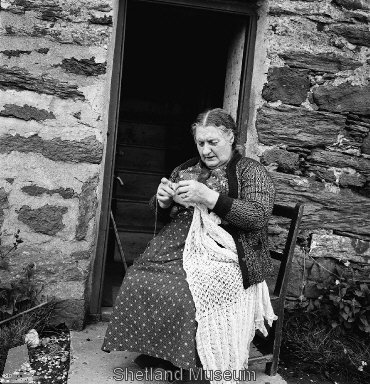
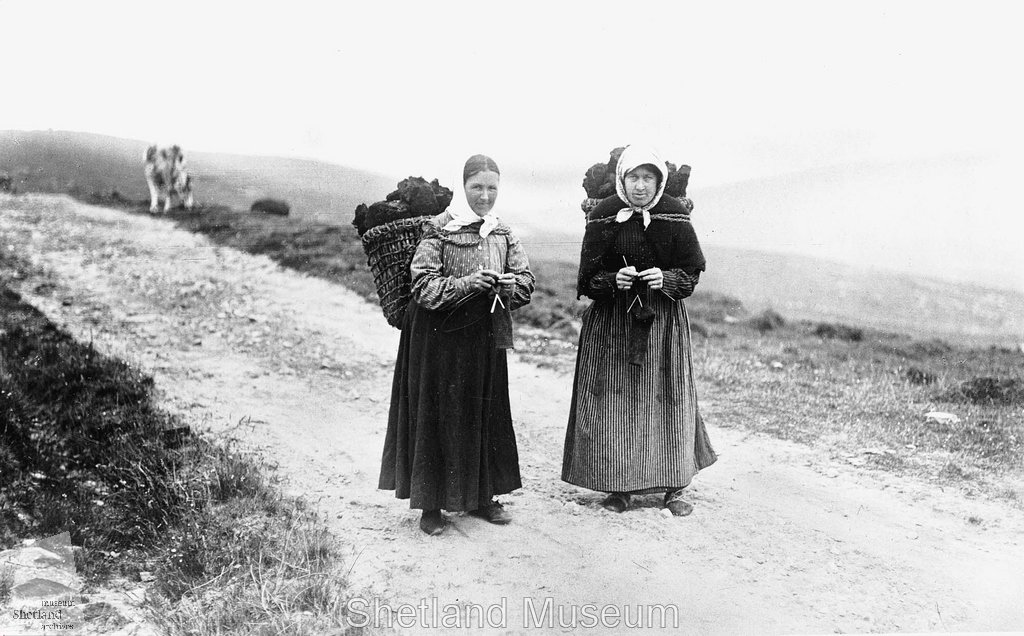


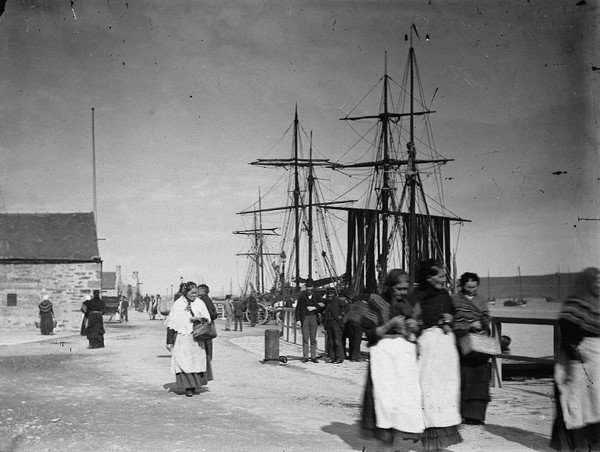
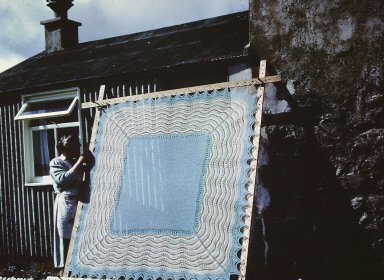
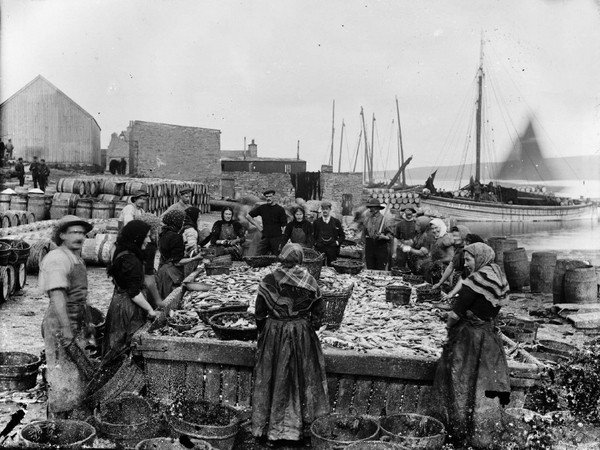
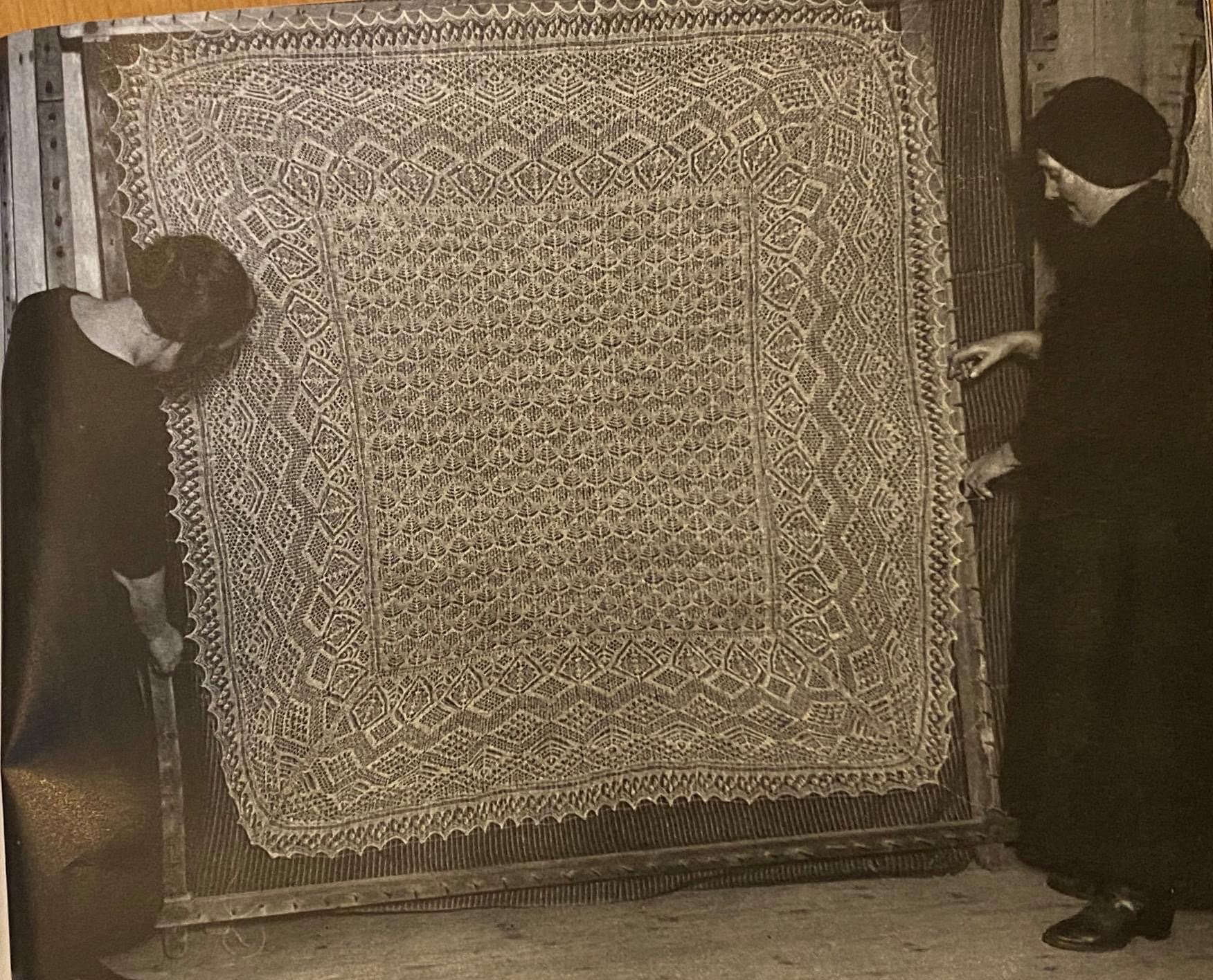
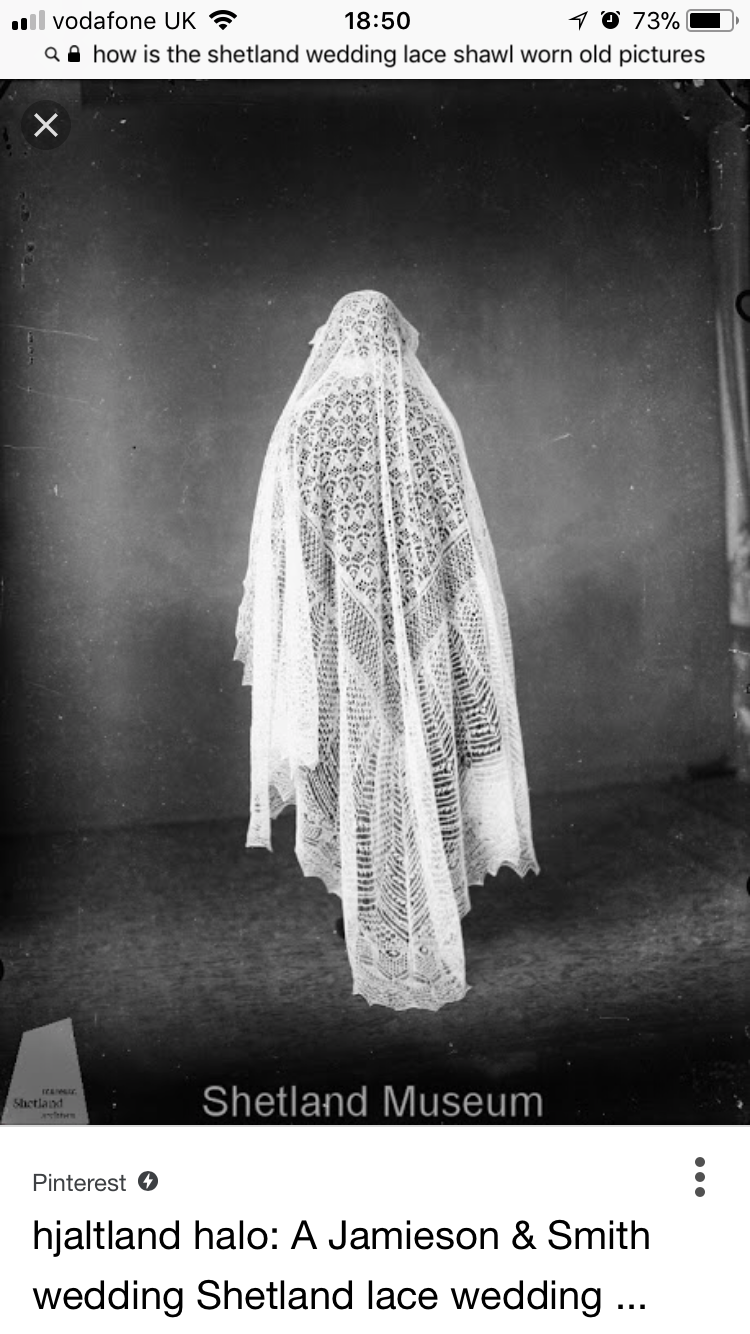
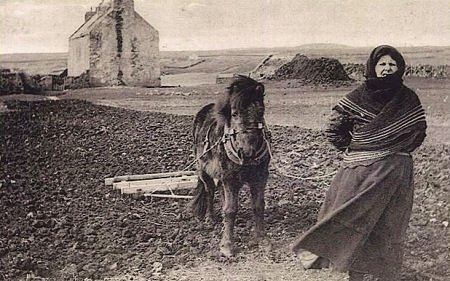
The reign of Oppenwark
Queen Victoria was well-know for wearing lace, and with her coronation in 1837 lace became the height of fashion, and dresses were accessorised using lace stoles and shawls. Arthur Anderson, a Shetland native and founder of P&O shipping, presented the new queen with gifts of Oppenwark lace. She was enthralled by the beauty and finesse of these hand crafted items and bought pieces for herself and gifted it to friends, nobles and visiting dignitaries. Soon Shetland lace was available in the boutiques of London, and became a favourite garment of wealthy women around the world… and an industry was born in Shetland.
Shetland fine lace documentary
My Oppenwark Collection
I am so drawn to how this industry gave the working class women of Shetland an income of their own, and offered them a degree of financial independence unheard of before. The demand for their handiwork gave them the opportunity to perfect the passed down patterns and to experiment and create new designs.
It was this story which I wanted to capture in a jewellery collection. A collection which would celebrate the delicate strength of the lace itself, but even more so - I wanted it to be an ode to the women of Shetland who had used their tenacity and creativity to make a way for themselves.
Design research and development sketches
I decided to use wax carving, one of my favourite techniques for creating jewellery, as it allows me to create organic three dimensional shapes with real fluidity akin to the flowing patterns of the lace. I thoroughly enjoyed the whole process of shaping and carving these mini wax sculptures before casting them into precious metal.
Oppenwark drops
The first shape I perfected was the ‘drop’ piece, which I wanted to look like the end of a hap or a loosely draping shawl. The jewellery piece is tactile and very wearable and I love how it creates shadows from its three dimensional form much like the lace itself does. I based the initial part of the collection on this shape and I created a long double drop necklace, drop earrings, a bracelet and a shorter necklace (see pictures below).
Wax carving of ‘drop’ pendant
Finished drop pieces
Oppenwark shawls
I then set about creating the larger pieces. Unlike the drop pieces, many of the pieces in this part of the collection needed individually carved waxes for each item. The studs and ear jackets needed three models to create the pair of earrings - a left jacket, a right jacket and a stud. Together it was hundreds of hours meticulously hand carving wax sculptures to use in the lost wax casting process and ultimately have models where I can reproduce the pieces in a small batches.
Wax carving of shawl pieces
Finished shawl pieces
Babies of the collection
The most recent pieces I created are the smallest n the collection, so I have used the Shetland dialect word for small - ‘peerie’. They feature all the details of the Shetland lace that I love, but they are more delicate and understated for lovers of jewellery which can be worn all day every day. My peerie babies!
Finished peerie pieces
Demonstration videos
Oppenwark ring holder necklace demonstration video by Karlin Anderson
Peerie Oppenwark jewellery collection demonstration video by Karlin Anderson
Press & Journal article
Shetland Lace was featured in a national newspaper article in June 2023 and it included a section on my Oppenwark Collection. I was so happy that Shetland Lace, and the talented people who make it and what it represents, received national coverage.
Final thoughts
The Oppenwark Collection was born from a search for my place in the lineage of Shetland women - it was a real labour of love, and a fascinating historical journey for me, and I am proud of the results. I hope that the Shetland women coming after me will be encouraged to take their place and play their part in this story of strong and tenacious women making their own mark on our (her)story.
Links
From the Croft to the Palace [Shetland Heritage and Culture Community Newsletter]
The history of the fine lace knitting industry in nineteenth and early twentieth century Shetland [Glasgow University]
Shetland Lace [shetland.org blog]
Lace Project Blogs [Shetland Museum and Archives]
Shetland lace knitting [Heritage Crafts]



